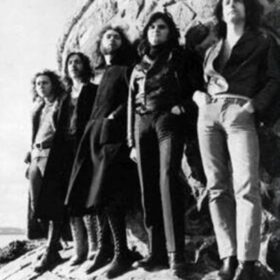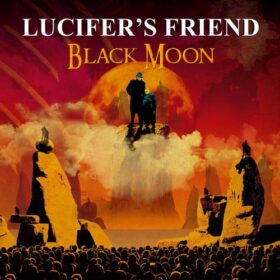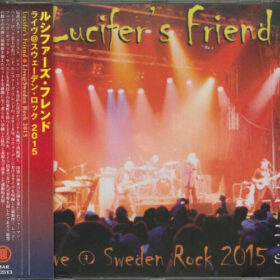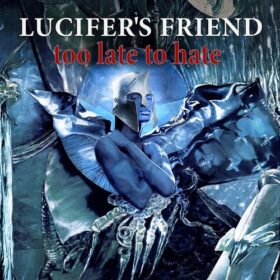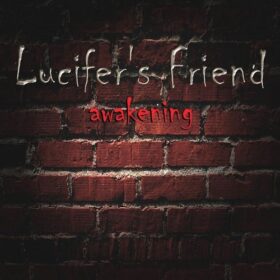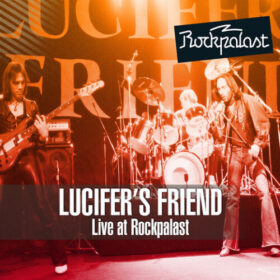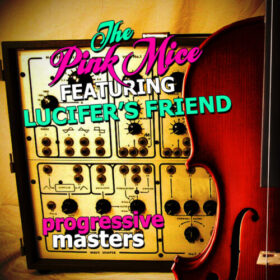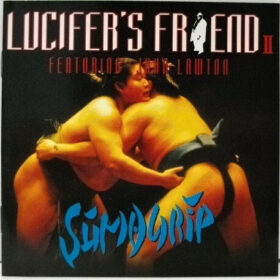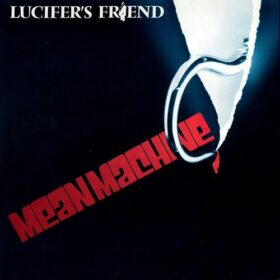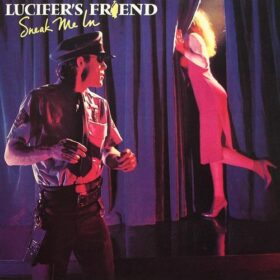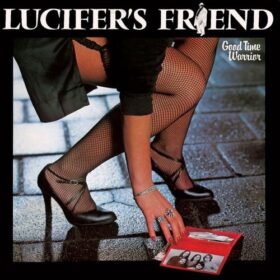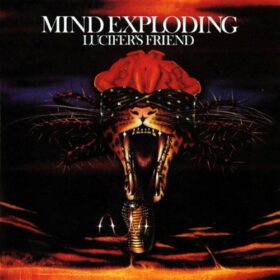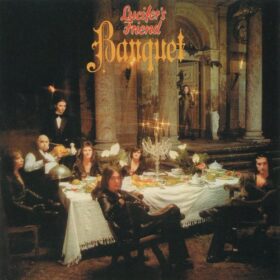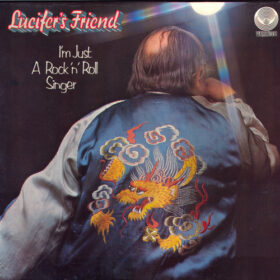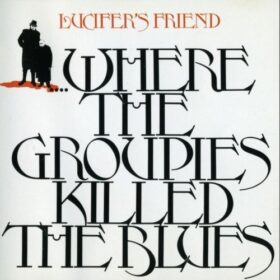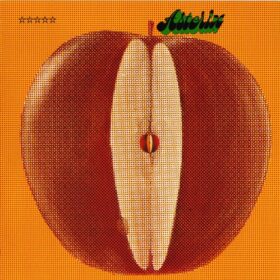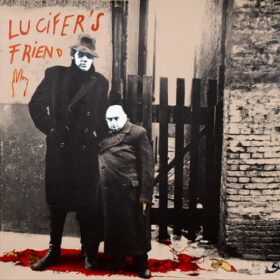Lucifer's Friend was a German hard rock band, formed in Hamburg in 1970 by guitarist Peter Hesslein, singer John Lawton, bassist Dieter Horns, keyboardist Peter Hecht, and drummer Joachim Reitenbach. The group was an early practitioner of heavy...
Read more
Genres: International Rock, International Rock, Heavy Metal, Hard Rock, Doom Metal
Lucifer’s Friend was a German hard rock band, formed in Hamburg in 1970 by guitarist Peter Hesslein, singer John Lawton, bassist Dieter Horns, keyboardist Peter Hecht, and drummer Joachim Reitenbach. The group was an early practitioner of heavy metal and progressive rock; they also incorporated elements of jazz and fusion into their music, especially in their fourth album Banquet of 1974. Beyond heavy metal, the band has been cited, too, as one of the pioneers of doom metal, helping to define both genres due to their heavy sound and dark oriented lyrics of their debut Lucifer’s Friend of 1970, and returning to their roots in 1981 with Mean Machine, although more influenced by speed metal.
Vocalist John Lawton’s band Stonewall broke up while on tour in West Germany in 1969. While the band returned home to Britain, Lawton elected to stay in Germany for the time being, and there he met Peter Hesslein, Dieter Horns, Peter Hecht and Joachim Reitenbach, all members of a band called The German Bonds. The five joined together to record an album under the band name Asterix in 1970, soon changing their name to Lucifer’s Friend.
The early albums were released on the Vertigo Records label in Europe, but in the United States those albums were released on a series of small independent record labels (Billingsgate, Janus, Passport), often a year or more after their release in Europe. Thus, despite airplay in some markets and a cult following, the band’s albums were hard to find and commercial success eluded them. The band was finally signed to Elektra Records in 1977: it released three albums with a more commercial pop oriented sound, but by then interest in the band had waned; those albums were even less successful than the earlier ones.
Lucifer’s Friend was known for changing musical styles and influences on each album. The self-titled 1970 debut had dark lyrics and a stripped-down guitar and organ style and sounded similar to Deep Purple, Uriah Heep, Led Zeppelin and Black Sabbath. That album is still sought after by fans of early heavy metal music.
The second album, Where the Groupies Killed the Blues (1972), took an entirely different direction. It was a very experimental album of progressive and psychedelic rock, mostly composed by John O’Brien Docker. On the third album, I’m Just a Rock & Roll Singer (1973), they changed direction again, this time in the straightforward rock style popularized by such groups as Grand Funk Railroad, and gritty “life on the road” themes in the lyrics.
Banquet (1974) featured extended, multi-layered jazz fusion compositions and a 30-piece backup band, alternating with some shorter tracks reminiscent of Chicago and Traffic. Those first four albums are all concept albums of a sort and along with the self-titled Asterix album are the most sought after today.
Mind Exploding (1976) established a holding pattern and tried to combine the jazz of Banquet with the garage-rock of Rock & Roll Singer, but was not as well received as the earlier albums. Vocalist John Lawton left in 1976 to join Uriah Heep. He was replaced by Ian Cussick. With him the band recorded and released 7″ single “Old Man Roller / Writing On The Wall” in June 1977. Later same year he was replaced by Mike Starrs, former vocalist with Colosseum II. John Lawton returned for the 1981 album Mean Machine. On the two albums without Lawton the band moved to a more commercial sound, on 1978’s Good Time Warrior and 1980s Sneak Me In.
John Lawton’s 1980 solo album on RCA, Heartbeat, was a Lucifer’s Friend album in everything but name, with the lineup from Sneak Me In performing as backup musicians on that project. Lawton’s official return, Mean Machine, found the band returning to heavy metal, this time in the vein of Rainbow and NWOBHM. The band officially broke up in 1982 but thirteen years later, in 1994 John and Peter Hesslein briefly reformed to release a new CD, Sumo Grip under the name of Lucifer’s Friend II, with Curt Cress, Andreas Dicke, Jogi Wichmann and Udo Dahmen replacing the classic line-up. After this they broke up once more.
Genres: International Rock, International Rock, Heavy Metal, Hard Rock, Doom Metal
